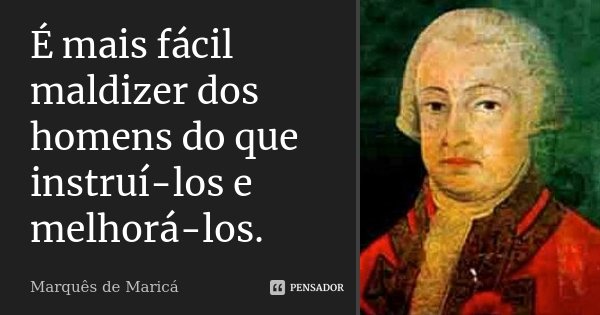
The earliest extant composition in this school is usually agreed to be Ora faz ost' o senhor de Navarra by João Soares de Paiva, usually dated just before or after 1200. Modern Galicia has seen a revival movement called neotrobadorismo.

It is the earliest known poetic movement in Galicia or Portugal and represents not only the beginnings of but one of the high points of poetic history in both countries and in Medieval Europe.

The school, which was influenced to some extent (mainly in certain formal aspects) by the Occitan troubadours, is first documented at the end of the twelfth century and lasted until the middle of the fourteenth, with its zenith coming in the middle of the thirteenth century, centered on the person of Alfonso X, The Wise King. From this language derives both modern Galician and Portuguese. At the time Galician-Portuguese was the language used in nearly all of Iberia for lyric (as opposed to epic) poetry. All told, there are around 1680 texts in the so-called secular lyric or lírica profana (see Cantigas de Santa Maria for the religious lyric).

In the Middle Ages, the Galician-Portuguese lyric, also known as trovadorismo in Portugal and trobadorismo in Galicia, was a lyric poetic school or movement. A song of Martim Codax from the Pergaminho Vindel


 0 kommentar(er)
0 kommentar(er)
